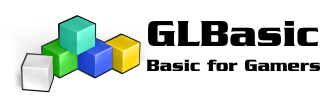I think I ran into a problem with GLB's 3D converter.
When importing/converting OBJ file, UV map gets distorted/flipped/strange stuff.
If I open the same OBJ file with AC3D and then export it as ddd, no problem.
OBJ was originally exported from Lightwave 9.6
edit: I've included simple model, with ddd's from GLB and AC3D.
[attachment deleted by admin]
When importing/converting OBJ file, UV map gets distorted/flipped/strange stuff.
If I open the same OBJ file with AC3D and then export it as ddd, no problem.
OBJ was originally exported from Lightwave 9.6
edit: I've included simple model, with ddd's from GLB and AC3D.
[attachment deleted by admin]




